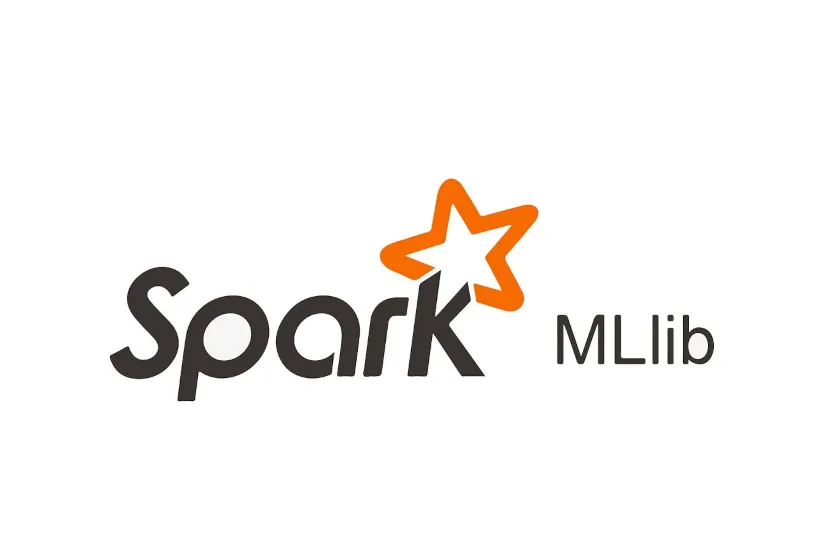Apache Spark MLlib (Clustering)

Pricing Details
Free, open-source under the Apache 2.0 license.Features
Clustering Algorithms (K-Means, LDA, GMM, Streaming K-Means), Scalable Machine Learning, Distributed Computing, API for Scala, Java, Python (PySpark), R, Integration with Spark Ecosystem, Supports Various Data Sources.Integrations
Integration with Apache Spark Core, Spark SQL, Spark Streaming. Support for data sources: HDFS, Cassandra, HBase, S3, Kafka, etc. API for Python (PySpark), Scala, Java, R.Preview
Apache Spark MLlib is a scalable machine learning (ML) library for Apache Spark, providing a suite of clustering algorithms designed for processing large volumes of data. As part of the Apache Spark ecosystem, MLlib allows data scientists and engineers to group datasets based on similarity using ML algorithms such as K-Means, Latent Dirichlet Allocation (LDA), Gaussian Mixture Models (GMM), and Streaming K-Means. These algorithms are optimized for distributed computing, making them ideal for handling big data in cluster environments. K-Means is used to partition data into a predefined number of clusters by minimizing the distance between data points and cluster centers. LDA is often applied to topic modeling for text, grouping documents by themes. GMM represents data as a mixture of Gaussian distributions. Streaming K-Means allows for clustering data arriving in real-time. Apache Spark, which includes MLlib, is an open-source project under the Apache 2.0 license, designed for fast and large-scale data processing. Spark started as a research project in 2009 and became a top-level Apache project in 2014. MLlib integrates with Spark Core, Spark SQL, and Spark Streaming components, works with various data sources (HDFS, S3, Kafka, etc.), and supports APIs for Scala, Java, Python (PySpark), and R. MLlib Clustering is widely used in Big Data and data science for tasks such as customer segmentation, user behavior analysis, and document and image categorization.